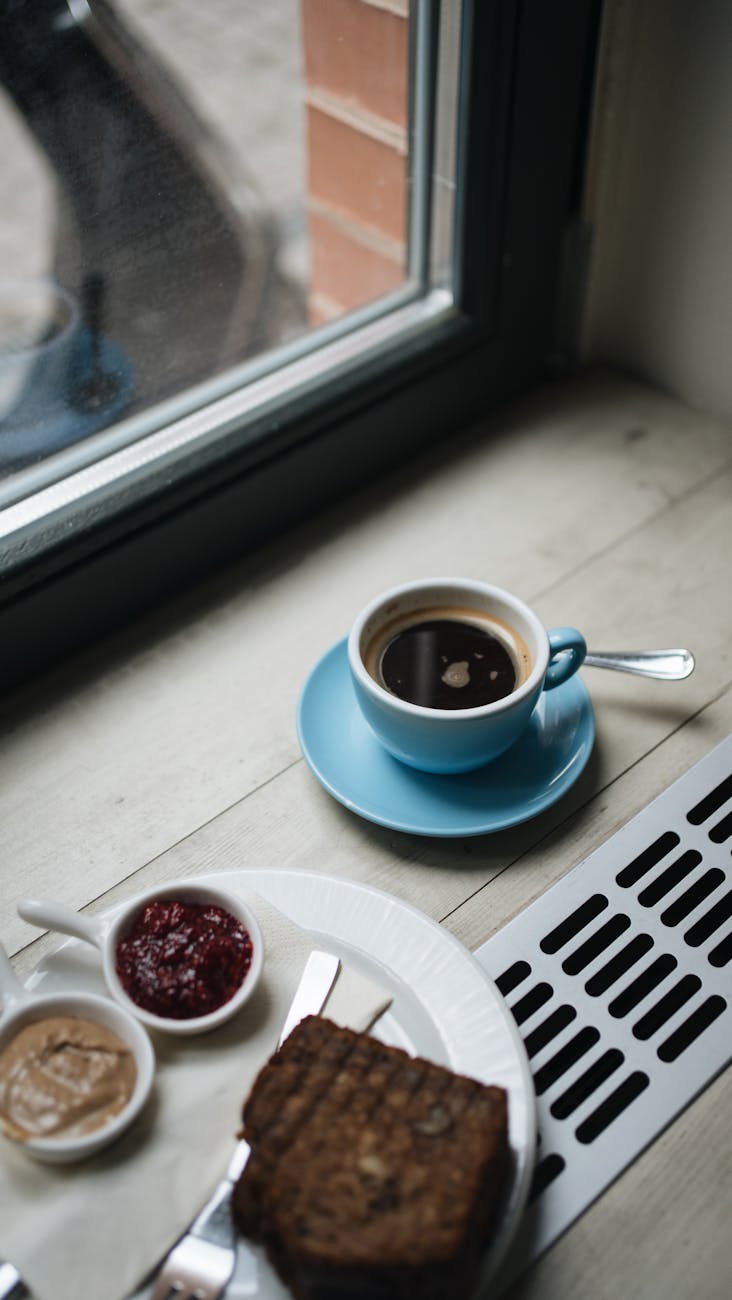Understanding Cooking Measurements
Cooking is no rocket science but those numbers on your measuring spoons sure matter when you’re whipping up a gourmet masterpiece or grandma’s cookie recipe. Getting your head around those units and how they weigh in can seriously up your kitchen game and save you from serving up a salty soup or a cake that could double as a doorstop.
Importance of Accurate Measurements
Measuring stuff right makes sure your dish doesn’t end up in the ‘nailed it’ meme hall of fame for all the wrong reasons. Whether you’re baking brownies, mixing a marinade, or concocting a creamy sauce, getting your quantities spot on keeps your flavors and textures from going haywire. Miss the mark, and you might end up with a cake that screams “brick” instead of “bake sale savior.”
Especially when you’re baking, where a pinch too much or too little can totally mess with the chemistry, sticking to the script with your measurements makes all the difference. If you tip the scales the wrong way, your cake might refuse to rise or crumble at the slightest touch. Bottom line? Precision matters in baking as much as it does in brain surgery — just with way fewer scalpels.
Different Units of Measure for Cooking
In the world of pots and pans, cups, tablespoons, teaspoons, ounces, grams, and pounds float around like confetti at a parade. Each one’s got its deal, and you’ll use them depending on what and how much of it you’re testing your cookery skills with.
Mastering these conversions — like turning cups into grams or seeing how many ounces make a pound — is a superpower every cook worth their salt should have. It gives you freedom to follow a local recipe or tweak grandma’s old favorite when needed without turning dinner into a guessing game.
Getting the hang of what measurement magic can do helps unlock a culinary Pandora’s box of new recipes and ridiculously delicious outcomes. For more hands-on tips and tricks, take a peek at our article on measurements for cooking.
Converting Cups to Grams for Peanut Butter
Precision in the kitchen often calls for nailing down ingredient weights just right. When tackling recipes, knowing how to swap cups for grams is a handy trick, especially for stubbornly sticky stuff like peanut butter.
Standard Measurement for Peanut Butter
In the U.S., we like to scoop things by the cup, but when you really want that dish to pop, weighing in grams can be your secret sauce. This is extra true when you’re eyeing ingredients like peanut butter, which isn’t exactly the most cooperative when it comes to measuring neatly.
How Many Grams in a Cup of Peanut Butter
Nailing down the weight can take a bit of consideration since not all peanut butters are cut from the same cloth. But as a starter:
| Cup Measurement | Grams (approx.) |
|---|---|
| 1 cup | 258 grams |
| 1/2 cup | 129 grams |
| 1/4 cup | 64 grams |
| 1/8 cup | 32 grams |
Keeping these conversions in mind ensures that whether you’re baking up a storm of peanut butter cookies or whipping up a new sauce, your culinary creations will consistently hit the mark in flavor and texture. Adding that exactness to your kitchen playbook levels up your recipe game.
Want more tips and tricks on cooking conversions? Dive into our measurements for cooking guide. Whether it’s peanut butter or just everyday Joe, getting your conversions right can turn a good dish into an unforgettable meal.





